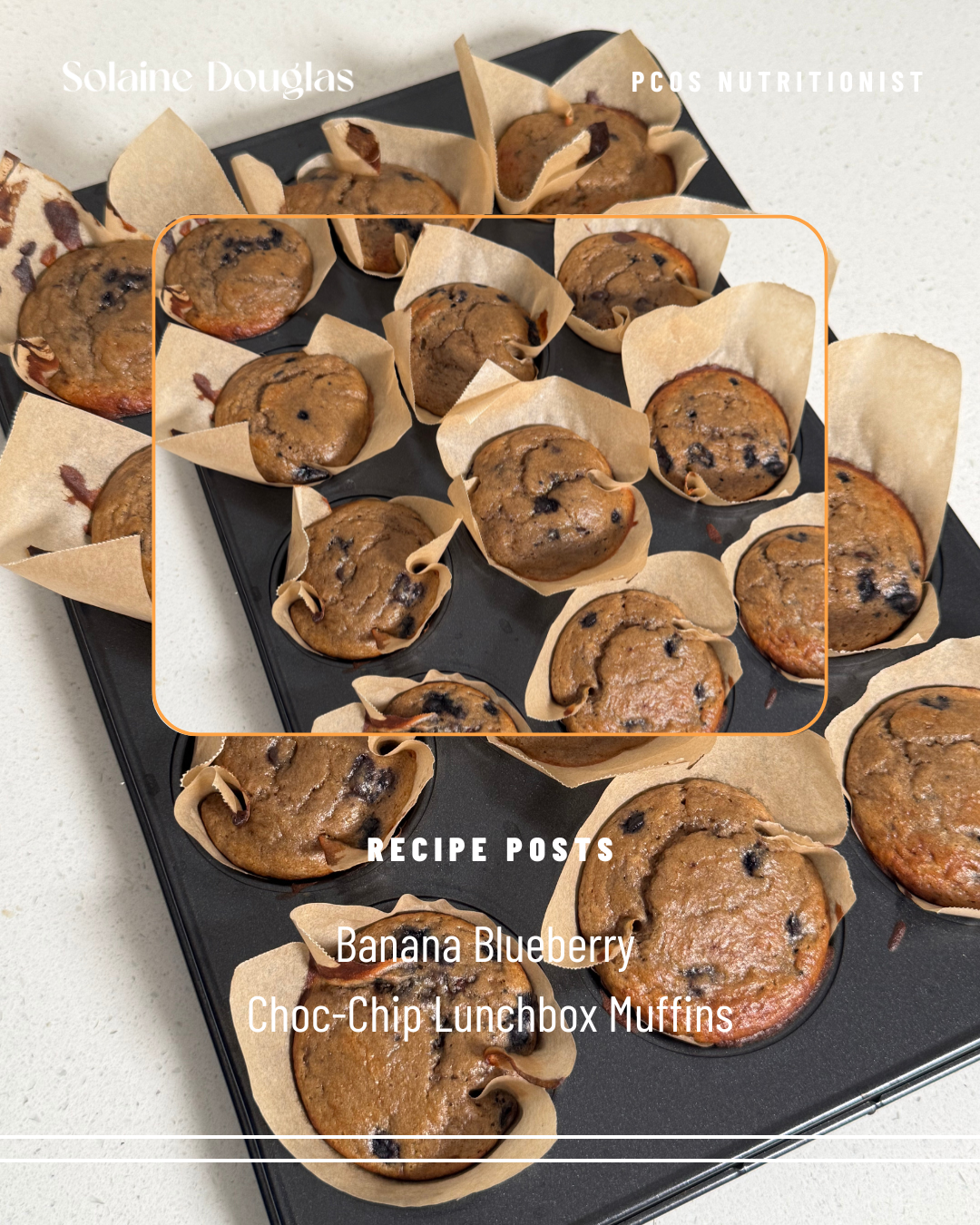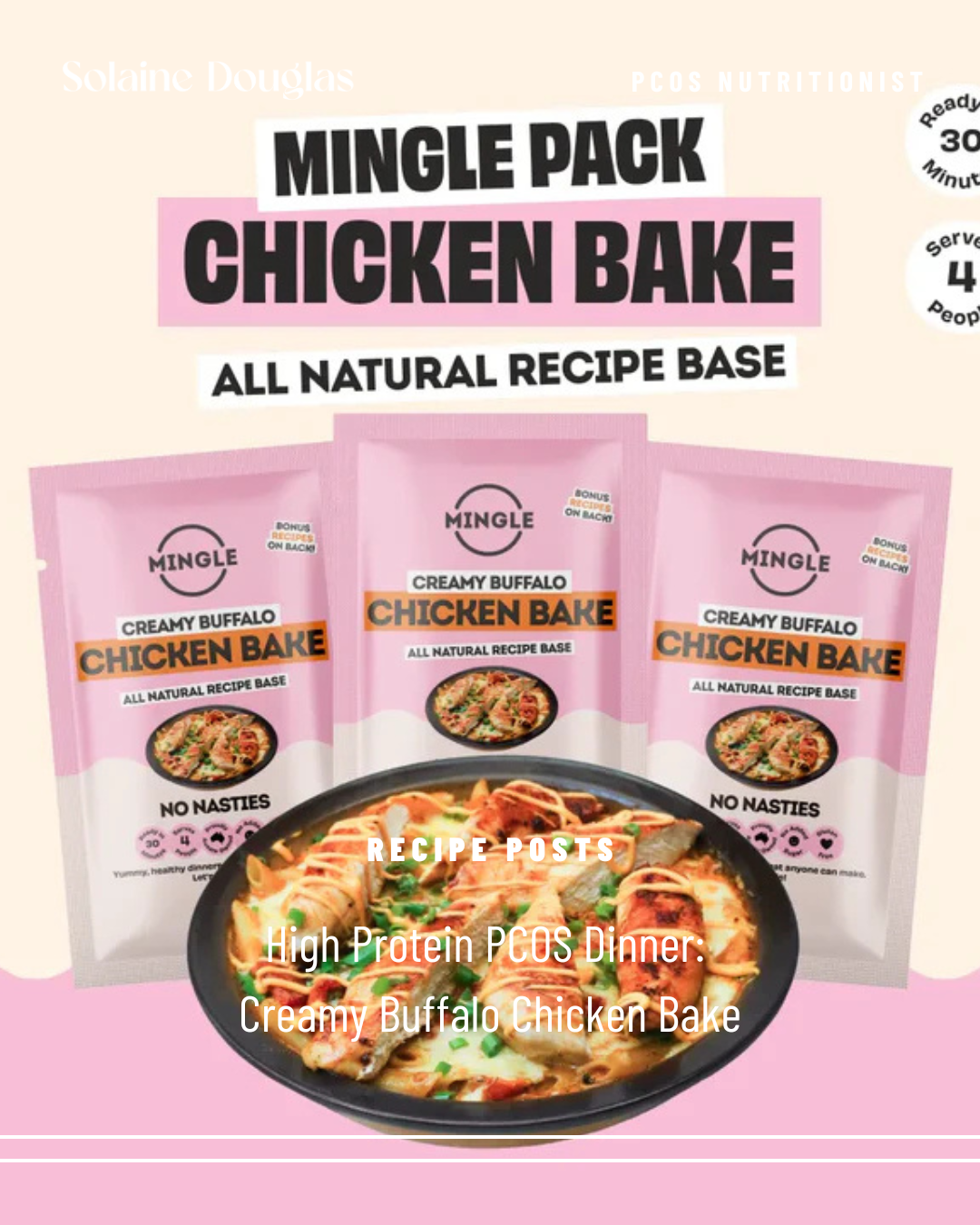What Causes Cyclical Breast Pain and What To Do About It
December 11, 2021
Cyclical breast pain is breast pain that is related to your menstrual cycle. There is non-cyclical breast pain too, but that is typically more constant and not related to hormonal changes.
Do you get cyclical breast pain?
You might notice tenderness, aches, swelling, lumpiness and general sensitivity. Typically you will notice these changes in between ovulation and the lead up to your period, e.g. days 14-28 if we are referring to a 28-day cycle. In most cases, you will notice these feelings fade as your menstrual bleed ceases.
In most cases, high prolactin is the cause of cyclical breast pain. And, what causes high prolactin you ask?
- High oestrogen
- Obesity
- Some medications like SSRI’s
- Acute stress
- Under-active thyroid conditions
- Prolactinoma
Prolactin is a hormone made in the pituitary in the brain and it stimulates breast tissue to develop and proliferate. Prolactin is supposed to be elevated during pregnancy and to allow for breastfeeding, but many women experience elevated prolactin during their reproductive years outside of pregnancy and breastfeeding. Aside from the discomfort of breast pain, elevated prolactin can also cause changes to oestrogen and progesterone and therefore interfere with ovulation and fertility.
If you experience cyclical breast pain I recommend having your prolactin levels tested. If your prolactin is above 200mIU/L then I am not surprised your two friends are tender! Ideally, you want to see your prolactin <150-200 IU/L.
To accurately test prolactin I recommend testing:
- Early in the follicular phase of the menstrual cycle (days 1-3, with day 1 being your first day of bleeding)
- Fasted, in the morning (water is fine).
- No exercise prior.
- Note: if you are on hormonal birth control the test won’t be accurate.
What do you do to get rid of cyclical breast pain? Work out why your prolactin is high…
Depending on how much your prolactin is elevated — If it’s in the 1,000s then you need to ask your GP to investigate prolactinoma as a cause, this is usually done with an MRI and can be managed. Your next move may be to rule out any underlying thyroid conditions which include asking for a full thyroid panel (TSH, T3, T4, RT3, TPO, Tg Ab). Note: It is possible to have an underlying auto-immune thyroid condition up to 10 years prior to any symptoms developing. — Then consider other possible factors; medication, elevated oestrogen, obesity, stress.
Commonly high dose iodine is prescribed for breast pain and cysts — this will work for some women, but not for all — It is appropriate for women with low T4:T3 (thyroid hormone) ratio — But is not recommended for women with underlying autoimmune thyroid conditions, because it increases the destruction of the thyroid tissue, making thyroid disease worse. Hence why testing is so important to choose an appropriate option for you as an individual.
Ultimately if your prolactin is high — then to reduce your breast pain you need to treat the cause.
New research — shows that iodine is protective against breast cancer and this is specifically important for women who’s T4 (thyroid hormone) is <12.5 pmol/L (hence why I am a big advocate for testing). *If you do choose or are ever recommended iodine, opt for molecular iodine over potassium iodine as this is better absorbed and safer for your thyroid.
If you would like some personalised support — please book a complimentary consultation here.
References
- Kessler J. H. (2004). The effect of supraphysiologic levels of iodine on patients with cyclic mastalgia. The breast journal, 10(4), 328–336. https://doi.org/10.1111/j.1075-122X.2004.21341.x
- Rappaport J. (2017). Changes in Dietary Iodine Explains Increasing Incidence of Breast Cancer with Distant Involvement in Young Women. Journal of Cancer, 8(2), 174–177. https://doi.org/10.7150/jca.17835
- Moreno-Vega, A., Vega-Riveroll, L., Ayala, T., Peralta, G., Torres-Martel, J. M., Rojas, J., Mondragón, P., Domínguez, A., De Obaldía, R., Avecilla-Guerrero, C., Anguiano, B., Delgado-González, E., Zambrano-Estrada, X., Cuenca-Micó, O., De La Puente Flores, O., Varela-Echavarría, A., & Aceves, C. (2019). Adjuvant Effect of Molecular Iodine in Conventional Chemotherapy for Breast Cancer. Randomized Pilot Study. Nutrients, 11(7), 1623. https://doi.org/10.3390/nu11071623
- Aceves, C., Anguiano, B., & Delgado, G. (2005). Is iodine a gatekeeper of the integrity of the mammary gland?. Journal of mammary gland biology and neoplasia, 10(2), 189–196. https://doi.org/10.1007/s10911-005-5401-5

